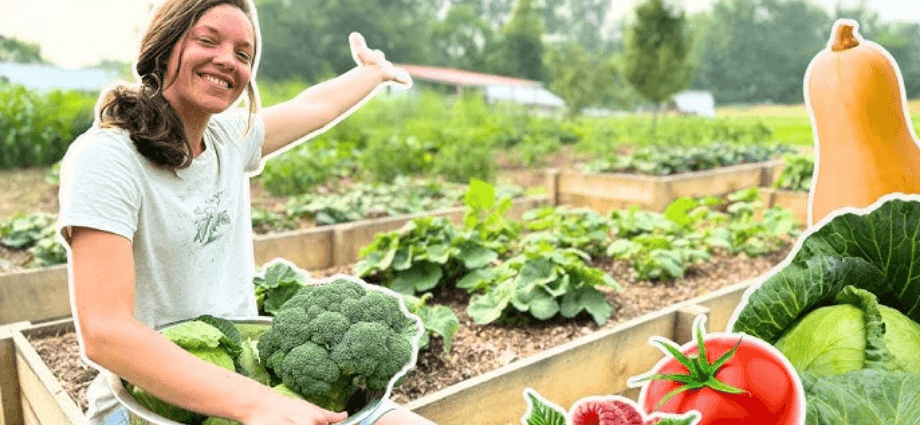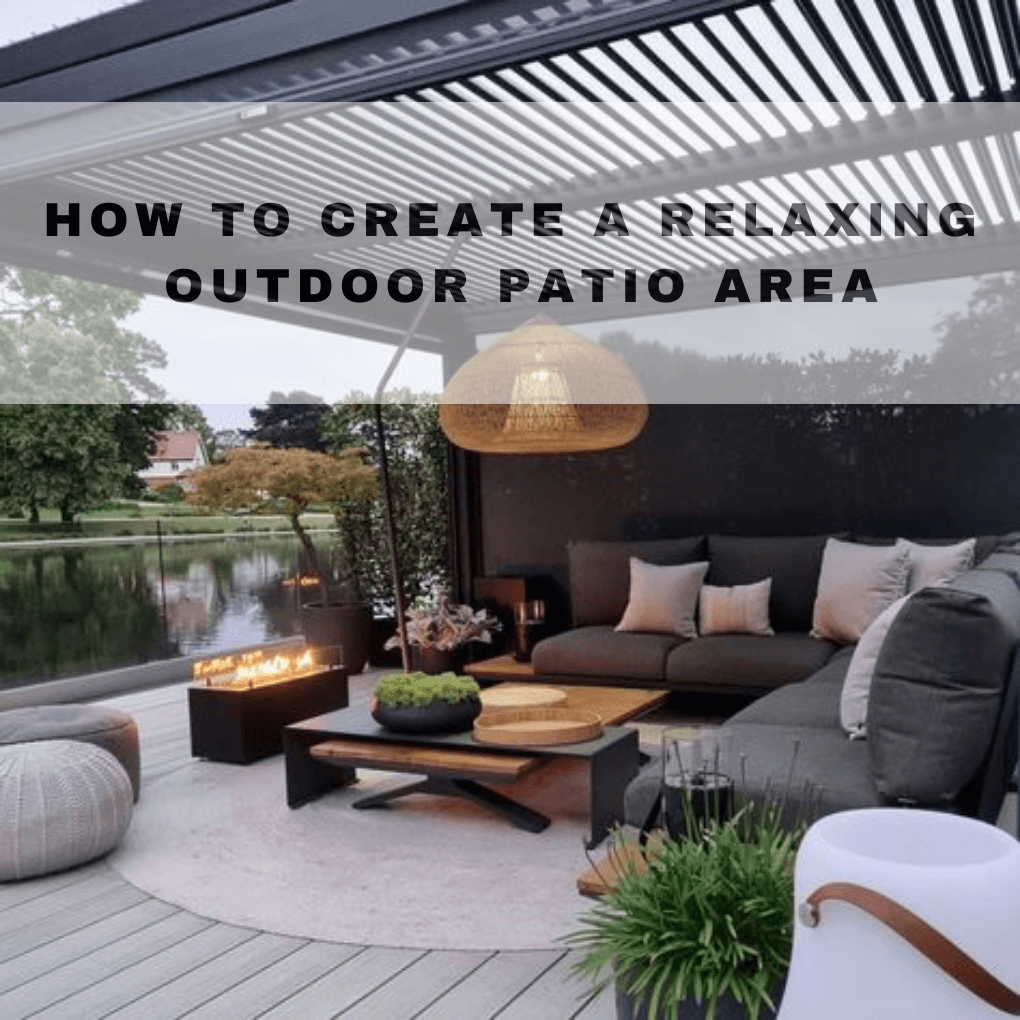Starting a home garden is a fun and rewarding way to enjoy fresh produce while also adding beauty to your surroundings. It’s a great way to take control of what you eat and create a peaceful, relaxing space in your own backyard. Whether you have a small patio or a large backyard, gardening is something anyone can try, regardless of experience.
Why Start a Home Garden?
A home garden offers a variety of benefits. Not only does it provide fresh food, but it can also be a cost-effective and environmentally friendly choice.
Fresh and Healthy Food
Growing your own vegetables and fruits allows you to enjoy fresh, nutritious food right from your garden. Homegrown produce often tastes better because it’s harvested at its peak. You can avoid pesticides and chemicals commonly used in store-bought produce, ensuring healthier meals.
Cost-Effective
While there is an initial investment in gardening tools and materials, growing your own food can save you money over time. Home gardens help reduce your grocery bills, particularly when you grow herbs, tomatoes, and leafy greens, which can be expensive at the store. You also reduce food waste by harvesting only what you need.
Environmental Benefits
Home gardens contribute to a healthier environment. Growing plants reduces your carbon footprint by cutting down on the need for store-bought produce that has been transported over long distances. Additionally, gardens can attract beneficial insects like bees and butterflies, promoting a diverse ecosystem in your yard.
Planning Your Garden
Before you start digging, it’s important to plan. Consider your space, the plants you want to grow, and how much time you can dedicate to your garden.
Choosing the Right Location
Location is key for a successful garden. Most plants need at least 6 hours of direct sunlight each day. Find a sunny spot in your yard or patio where your plants can thrive. If you’re gardening indoors, choose a windowsill or balcony with ample sunlight.
Deciding What to Grow
As a beginner, start with easy-to-grow plants like tomatoes, lettuce, spinach, and herbs such as basil and mint. These are not only quick to grow, but they also require minimal maintenance. Consider your climate zone, as some plants may not grow well in certain temperatures or seasons. Look up your region’s growing season to find the best plants to grow in your area.
Garden Size and Layout
You don’t need a huge backyard to start a garden. Even a small space can yield a good amount of produce. Measure your available space and decide if you want to use raised beds or plant directly in the ground. Raised beds are often easier to manage and provide better drainage.
- Raised Bed Benefits:
- Easy to control soil quality.
- Better drainage for plants.
- Easier on your back when gardening.
Essential Tools and Materials
You don’t need many tools to get started, but having the right ones will make the process easier and more enjoyable. Here’s a list of essentials:
Basic Tools You Need
- Trowel: A small hand tool for digging, planting, and moving soil.
- Watering Can: A container for watering your plants with ease.
- Garden Gloves: To protect your hands from dirt and sharp objects.
- Hoe: To break up soil and remove weeds.
These simple tools will allow you to get started on your gardening journey without unnecessary expenses.
Choosing Soil and Fertilizers
The type of soil you use can significantly impact your garden’s success. Make sure to use nutrient-rich soil that will provide the best environment for your plants. Compost is a great natural fertilizer to enrich the soil, providing plants with the necessary nutrients to grow healthy and strong.
Containers and Raised Beds
If you have limited space or poor soil quality, containers and raised beds are excellent alternatives. They allow you to grow a variety of plants in small spaces and ensure better control over soil conditions. Many plants, including herbs and vegetables like peppers and lettuce, thrive in containers.
Planting and Care
Once you’ve prepared your garden, it’s time to start planting and caring for your new plants.
Planting Your Seeds or Seedlings
When planting seeds or seedlings, it’s important to follow the recommended planting depth for each type of plant. Plant seeds too deep, and they may not sprout. Too shallow, and they may dry out or get washed away. Make sure to space your plants according to the guidelines on seed packets or plant tags to give them room to grow.
- Steps to Plant Seeds or Seedlings:
- Dig a hole slightly larger than the root ball of the seedling.
- Place the seed or seedling in the hole and cover it with soil.
- Water gently to settle the soil around the plant.
Watering and Maintenance
Proper watering is essential for plant growth. Most plants prefer deep, infrequent watering to shallow, frequent watering. Overwatering can lead to root rot, while underwatering can cause your plants to dry out. Check your soil regularly by sticking your finger about an inch into the ground—if it feels dry, it’s time to water.
- Watering Tips:
- Water in the early morning or late afternoon to avoid evaporation.
- Use a drip irrigation system for more efficient watering.
- Always water at the base of the plant to avoid wetting the leaves.
Dealing with Pests and Diseases
One of the challenges of gardening is dealing with pests and diseases. However, you don’t have to resort to chemicals. Many organic options can help protect your garden. For example, companion planting can help deter pests naturally. Marigolds, for instance, can help keep insects away from tomatoes and peppers.
- Organic Pest Control Tips:
- Use neem oil or insecticidal soap to treat common pests.
- Introduce beneficial insects, like ladybugs, that eat harmful pests.
- Mulch around your plants to reduce weed growth and pests.
Harvesting and Enjoying Your Garden

After months of hard work, it’s time to enjoy the fruits of your labor. Harvesting your homegrown food can be exciting, and using it in your meals is incredibly satisfying.
When to Harvest
Each plant has its own harvesting timeline. For example, leafy greens like lettuce are typically ready to harvest in 30 to 45 days, while tomatoes might take around 60 to 85 days. Always check your plants for ripeness, and don’t wait too long to harvest, as it can affect taste and quality.
- Harvesting Tips:
- Harvest early in the morning when plants are most hydrated.
- Use clean scissors or pruners to avoid damaging plants.
- Only pick what you need to allow the plant to continue producing.
Storing and Using Your Harvest
After harvesting, some vegetables can be eaten immediately, while others may need to be stored. Herbs can be dried or frozen, while vegetables like tomatoes or cucumbers can be canned or eaten fresh. Use fresh herbs in your cooking for added flavor, or make homemade sauces and salads.
Continuing Your Garden Through the Seasons
Gardening doesn’t have to stop when the season changes. You can extend your growing season by choosing plants suited to colder weather, such as root vegetables or leafy greens. Even in the winter, you can grow herbs indoors on a sunny windowsill.
Conclusion
Starting a home garden is a simple, enjoyable, and rewarding experience. It’s a great way to grow your own food, save money, and contribute to a healthier environment. Remember to start small, plan carefully, and enjoy the process. With patience and a little effort, you’ll soon be reaping the benefits of your hard work and enjoying fresh, homegrown produce.




